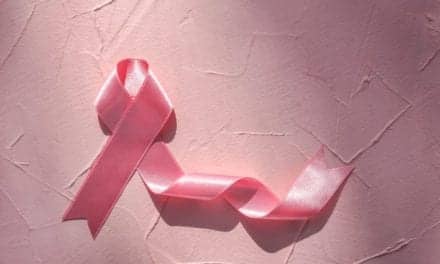10/31/08
Glycotex Inc recently announced enrollment of the first patient in a Phase IIb study evaluating the effect of GLYC-101 on wound closure and cosmetic outcomes in aesthetic surgery patients undergoing carbon dioxide laser skin resurfacing on the lower eyelid area.
A previous Phase II Pilot Study, investigating clinical outcomes and safety parameters of GLYC-101 at two doses compared to placebo, was completed in April 2008.
The current randomized, double-blind, placebo-controlled clinical study will enroll approximately 48 patients at a single clinical trial site in Beverly Hills, Calif. Patients will be randomized to receive either GLYC-101 0.1% or GLYC-101 1.0% gel on one lower eyelid, and placebo on the other lower eyelid applied topically to the laser-ablated area immediately following the laser procedure, and for 4 consecutive days thereafter. The primary efficacy endpoint of the study is time to wound healing, and the secondary efficacy point is cosmetic outcomes, including scarring. The study will observe the effects of the topical agent over the course of 1 month following the initial treatment with the investigational compound and placebo.
GLYC-101 is intended to stimulate and modulate the natural cascade of wound-healing activities of several cell populations. The product candidate is a topical gel to be applied directly on the wound surface. In May 2006, Glycotex completed a Phase II clinical trial of GLYC-101 in Australia, in which GLYC-101 produced a statistically significant rate of wound area reduction versus combined placebo and standard care in patients with chronic venous ulcers. The results provided proof-of concept and dose-ranging information for GLYC-101.
The strategic priorities for GLYC-101 include wound healing following laser ablation, burn wounds, surgical wounds, venous ulcers, and diabetic ulcers.
[Source: Glycotex Inc]


